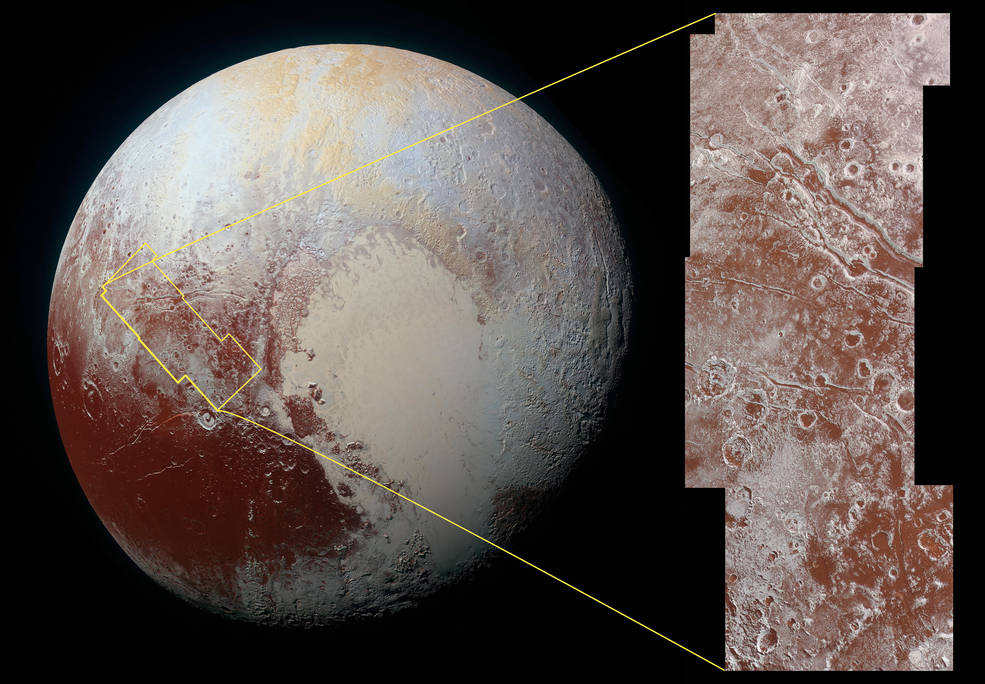New Images Show Parts of Pluto Act Like A Lava Lamp
X Marks The Spot

For the original press release, read here.
Pluto’s Icy Plains

For the original press release, read here.
Particles ‘Go with the Flow’ on Pluto’s Surface


For the original press release, read here.







